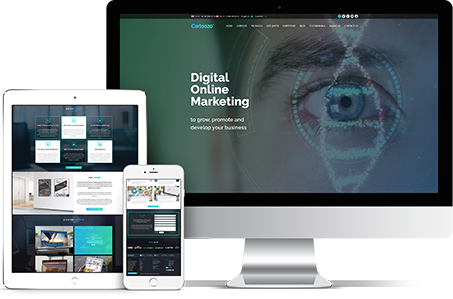A bold online presence is essential for budding businesses in today’s competitive climate. But the question is how to make a great online presence. Answer is - through online marketing tactics.
Here are a few things to consider:
Go social
Today, being social means having a great network and contacts of people through online platforms. If you are a marketer, you need to keep your
social media accounts updated and ensure you engage users with the help of fresh and helpful content as well as images, videos and quotes.
In fact, it makes sense to join a new channel, initiate discussion and set a goal to get “likes” or “followers.” All these things help businesses to build and popularise their social media profile. Also it is vital to use social media profile strategically to gain trust and confidence of your audiences.
Take advantage of Responsive Web Design
Do you know mobile browsing is on the rise? So, you need to check if your website/blog responsive? If not, it’s time to make it responsive. It is one of the best ways to provide a quality browsing experience to your users. All you need to do is to make sure that content and design looks natural and are mobile friendly.
Use Brand Monitoring tools
Traffic and rankings are only the one side of the story; you also need to focus on business’s reputation when it comes to online marketing. Of course, brand reputation is not a simple task; it needs time, effort and resources.
Today, one of the best ways to keep track of brand reputation is to use quality brand monitoring tools. Modern brand monitoring tools are easy to use. You also need to analyse competitors.
Always use Best Practices of Content Marketing
Some marketers believe that content writing and marketing is only about spelling, punctuation, grammar, etc., it is more than that. It involves thorough market research, analysis, planning and exploring various creative options for more plausible outcomes.
For maximum yields, you need to have closer look at the most successful players in your niche. It will widen your thinking, inspire you, spark your creativity, and allow you to write specific and relevant content for your audiences.
Believe in yourself and use the above mentioned tactics to perform better, create a winning strategy, and of course, shine online…











